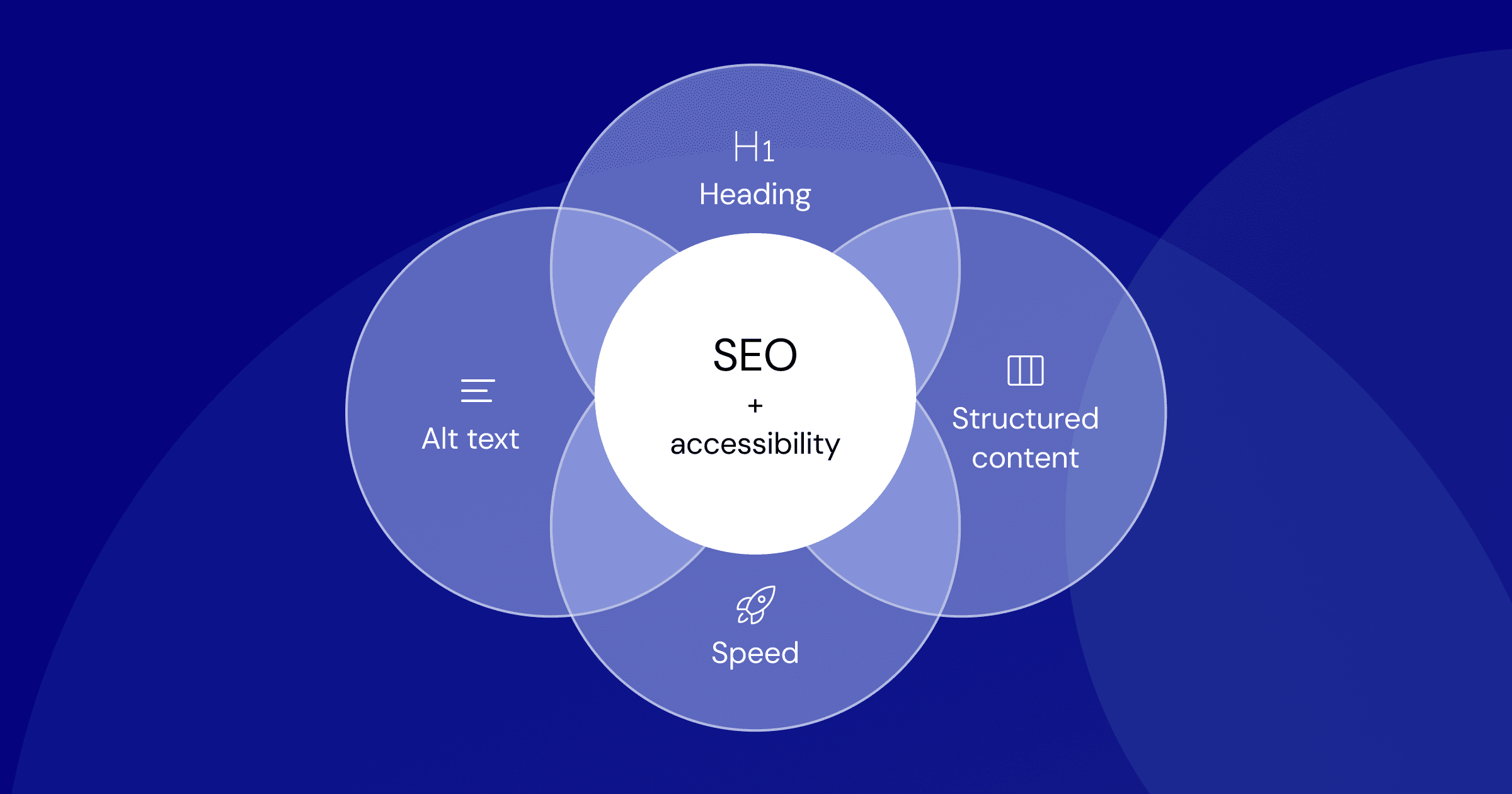Marketing Operations Hit Historic 73% Automation Adoption as Teams Reallocate 25+ Weekly Hours
By Amanda Foster • November 12, 2025 • 8 min read • 118 views

Marketing Operations Reach Tipping Point as 73% of Teams Deploy Automation Tools
Sarah Mitchell had been managing social campaigns for her e-commerce clients the same way for years—manual scheduling, repetitive reporting, endless data crunching. Then last quarter something shifted. "I was spending 40 hours a week on tasks that took me nowhere closer to actual strategy," she recalls. "My team was drowning in reporting while competitors were moving faster."
Mitchell's experience mirrors what new industry data reveals: marketing operations have hit an inflection point. According to recent analysis from HubSpot's 2025 Marketing Operations Report, 73% of marketing teams have now deployed some form of marketing automation, marking a historic shift in how brands execute their social strategies. This isn't just about efficiency—it's about survival in an environment where consumer expectations move at machine speed.
The Automation Acceleration Reality
The numbers tell a stark story. Marketing teams are deploying automation at unprecedented rates, with social media management tools experiencing a 156% year-over-year adoption increase. Platform-specific automation is leading the charge: Instagram's Business Suite automation features saw 89% uptake among mid-market brands, while LinkedIn's Campaign Manager automation drove a 34% improvement in lead generation efficiency.
But here's the critical insight: this isn't about replacing human creativity with machines. It's about freeing up 25+ hours per week per team member for high-value strategic work, according to Salesforce's latest Marketing State of Operations report.
"What we're seeing is a fundamental reallocation of marketing resources," explains Dr. Jennifer Walsh, marketing operations director at Forrester Research. "Teams that embrace automation aren't just getting more done—they're doing fundamentally different work. The question isn't whether to automate, but how to do it without losing the human touch that drives authentic engagement."
Platform-Specific Automation Hotspots
The automation landscape isn't uniform across platforms. TikTok's Creator Marketplace automation tools have seen 134% adoption growth, primarily because brands are using AI-powered content scheduling to capitalize on trending sounds within optimal posting windows. Meanwhile, Twitter/X's automated thread generation features are driving 47% higher engagement rates for brands that previously struggled with consistent content.
The most surprising growth area? Pinterest's automated shopping catalog integration, which helped home goods brands achieve 28% higher conversion rates through automated product pin optimization. This shift toward commerce-focused automation reflects broader industry trends toward measurable ROI.
The Human-Machine Balance Challenge
Yet rapid automation adoption brings new challenges. 67% of marketing teams report concerns about maintaining brand authenticity as they scale automated processes, according to recent Sprout Social research. The solution isn't avoiding automation—it's implementing it strategically.
"The brands succeeding with automation are those that use it to handle routine tasks while doubling down on human creativity for campaign conceptualization and community engagement," says Marcus Thompson, senior director of social strategy at Hootsuite. "You won't automate your way to viral content, but you can automate your way to having time to create it."
The most effective teams are establishing what industry experts call "automation boundaries"—clear protocols defining which activities get automated and which require human oversight. Leading brands report 34% higher employee satisfaction when they've established these boundaries, suggesting that thoughtful automation actually improves job satisfaction by eliminating tedious work.
Real-World Implementation Success Stories
Take fashion retailer ASOS, which deployed Instagram's automated Story scheduling combined with AI-powered hashtag optimization to maintain consistent posting across global markets. The result? A 42% increase in engagement rates while reducing content creation time by 60%.
Or consider B2B software company HubSpot, which automated its LinkedIn lead response workflows. By setting up automated initial responses followed by human follow-up within optimal timing windows, they achieved a 28% improvement in lead qualification rates and a 23% reduction in response time.
The key pattern across successful implementations? Human oversight at strategic decision points, with machines handling tactical execution. This hybrid approach is delivering results that pure automation or purely manual processes couldn't achieve separately.
What's Next: AI-Powered Predictive Automation
The next evolution is already emerging. Early adopters are deploying predictive automation tools that don't just execute predefined tasks but adapt strategies based on real-time performance data. 38% of marketing leaders plan to implement predictive social automation within the next six months, according to Gartner's recent Marketing Technology Survey.
This evolution promises to handle increasingly complex tasks—from automatically adjusting creative elements based on audience response patterns to predicting optimal posting times at the individual user level. But it also raises new questions about the role of marketing intuition in an increasingly automated environment.
The Bottom Line for Marketers
The automation tipping point isn't coming—it's here. Teams that resist adoption risk being outmaneuvered by competitors who can allocate their human creativity toward strategy while machines handle execution. The challenge isn't technical implementation; it's strategic decision-making about where automation adds value versus where it might erode the authentic connections that drive long-term brand loyalty.
For marketing leaders, the actionable takeaway is clear: audit your current workflow to identify automation opportunities, establish clear boundaries for human oversight, and most importantly, redirect the time savings toward activities that genuinely require human insight—creative strategy, community building, and relationship cultivation.
The brands that master this balance won't just be more efficient; they'll be more creative, more responsive, and ultimately more profitable in an environment where speed and authenticity aren't mutually exclusive.
Tagged with:
About Amanda Foster
Digital transformation analyst covering AI's impact on marketing operations and ROI measurement for Social Media Marketing News. With 7 years tracking enterprise technology adoption, she helps brands navigate strategic automation.
